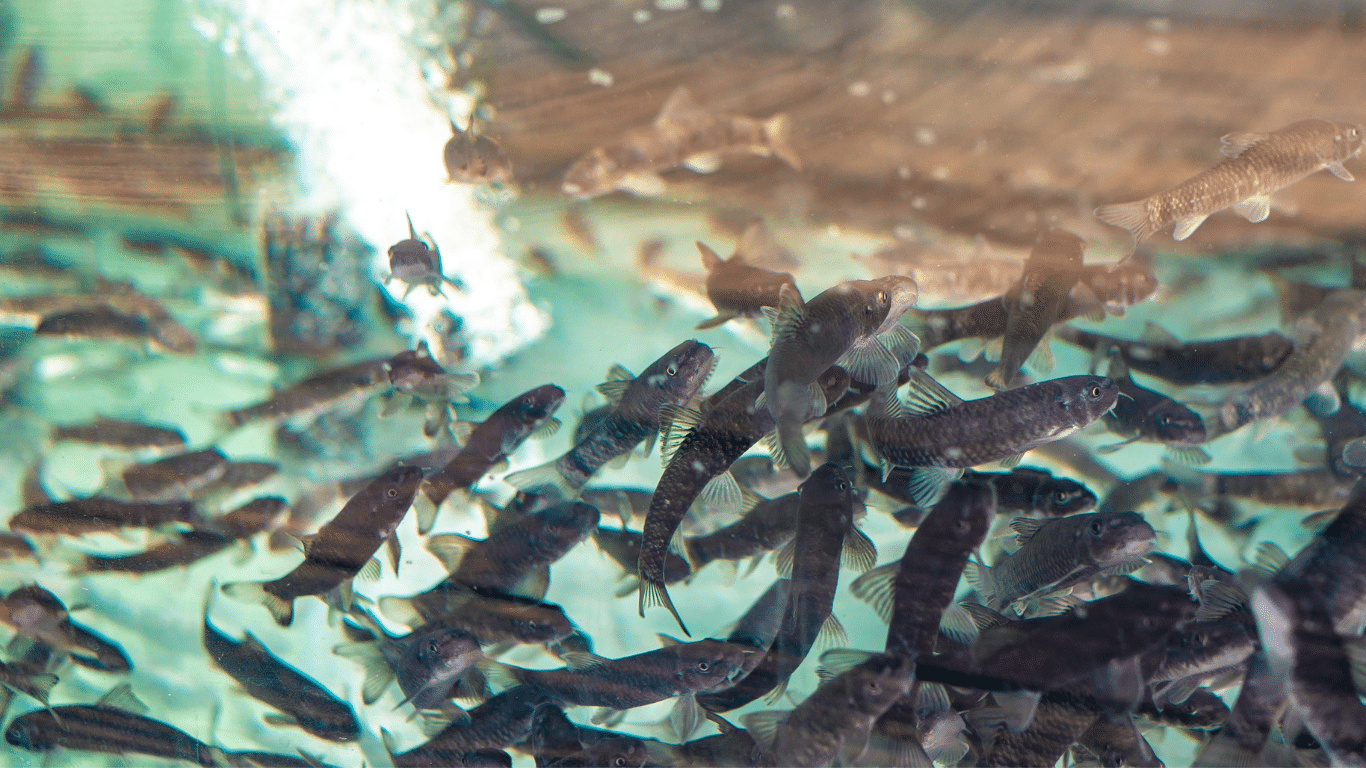Diving into the dark side of fish pedicures
Tourist hotspots, mainly in Asia, have popularized the “fish pedicure,” where patrons pay for tiny fish to eat the dead skin from their feet. The practice has become so popular, it has spread all over the world.
It is often marketed as a harmless and unique way to receive a pedicure whilst experiencing the fun perks of fish nibbling at your feet. But dive a little deeper and you will learn why the “treatment” – which is in fact incredibly cruel – has been banned in parts of the United States, Canada and Europe.
- Doctor fish G. rufa are not naturally inclined to eat dead skin; in their natural habitat, they consume algae. The reason they swarm to your feet when you put them in their tank is because they are starving. Owners of these treatments intentionally starve the “doctor fish” to the point that they have no other option but to nibble at your feet for some sustenance.
- The obvious cruelty of starving animals for perceived human benefit aside, these fish are bred and shipped all over the world in large quantities, often dying before they reach their destination. In Turkey, overfishing and exploitation of the species has forced the government to introduce legal protection for them.
- Due to their popularity, fish spas often have very high turnover. This means that the fish, water and tank cannot be cleaned, disinfected or sanitized between uses. As these treatments are marketed to and sought out by people with foot problems (ranging from psoriasis to fungal infections), this is inherently unsanitary. The tanks teem with bacteria, fungus, dead skin cells and fish waste, presenting a host of health risks to both fish and humans. Patrons have reported blood-borne pathogens, fungal infections and bacterial diseases after visiting fish pedicures.
- Another common issue is that doctor fish (Garra rufa) are often confused with another species of fish called Chin Chin. Unlike doctor fish Garra rufa, Chin Chin have teeth which can lead to injury and an even higher risk of infection.
- The removal of skin around the toenails during fish pedicures can cause the nail bed to lose its structure, ultimately leading to nail loss. This condition, called onychomadesis, is rare but has been documented as a result of fish pedicures.
One woman experienced a severe case of sepsis after contracting a bone-eating infection from a fish pedicure she received in Thailand, leading to the amputation of all of the toes on her right foot.
- Several environmental concerns exist around fish pedicures. The exploitation of doctor fish Garra fura has resulted in the species being overexploited and threatened in their natural habitats. Additionally, the overuse of these fish has resulted in their introduction into non-native habitats worldwide, where they pose significant ecological risks as alien species.
- Fish pedicures are banned in 14 American states, Mexico, and parts of Europe and Canada.

What is a “fish pedicure?”
Fish pedicures originated in Turkey, where naturally occurring springs filled with doctor fish were frequented. Visitors claimed that bathing in these waters improved their skin conditions, and the highly-marketable concept of fish pedicures was born.
Now, doctor fish are shipped across the globe and found in a variety of settings, ranging from strip malls to luxury spas.
Avoid fish pedicures—they are cruel to fish and bad for your health
Any supposed benefits of fish pedicures are far outweighed by the documented ethical, environmental and health concerns. You would be much better off and safer purchasing a pumice stone and visiting a licensed podiatrist.

Learn more about which other unethical wildlife attractions you should avoid, and the ethical animal activities you should choose instead.
